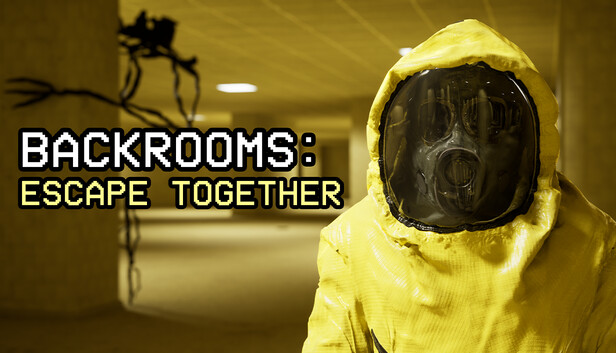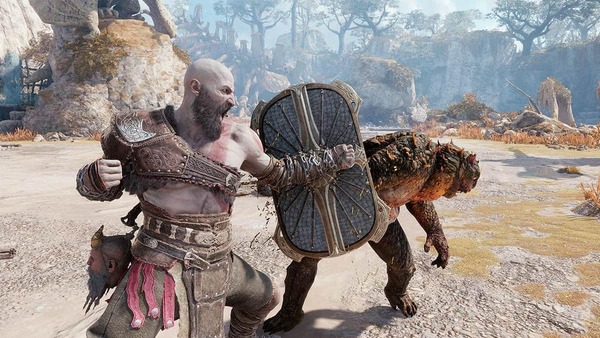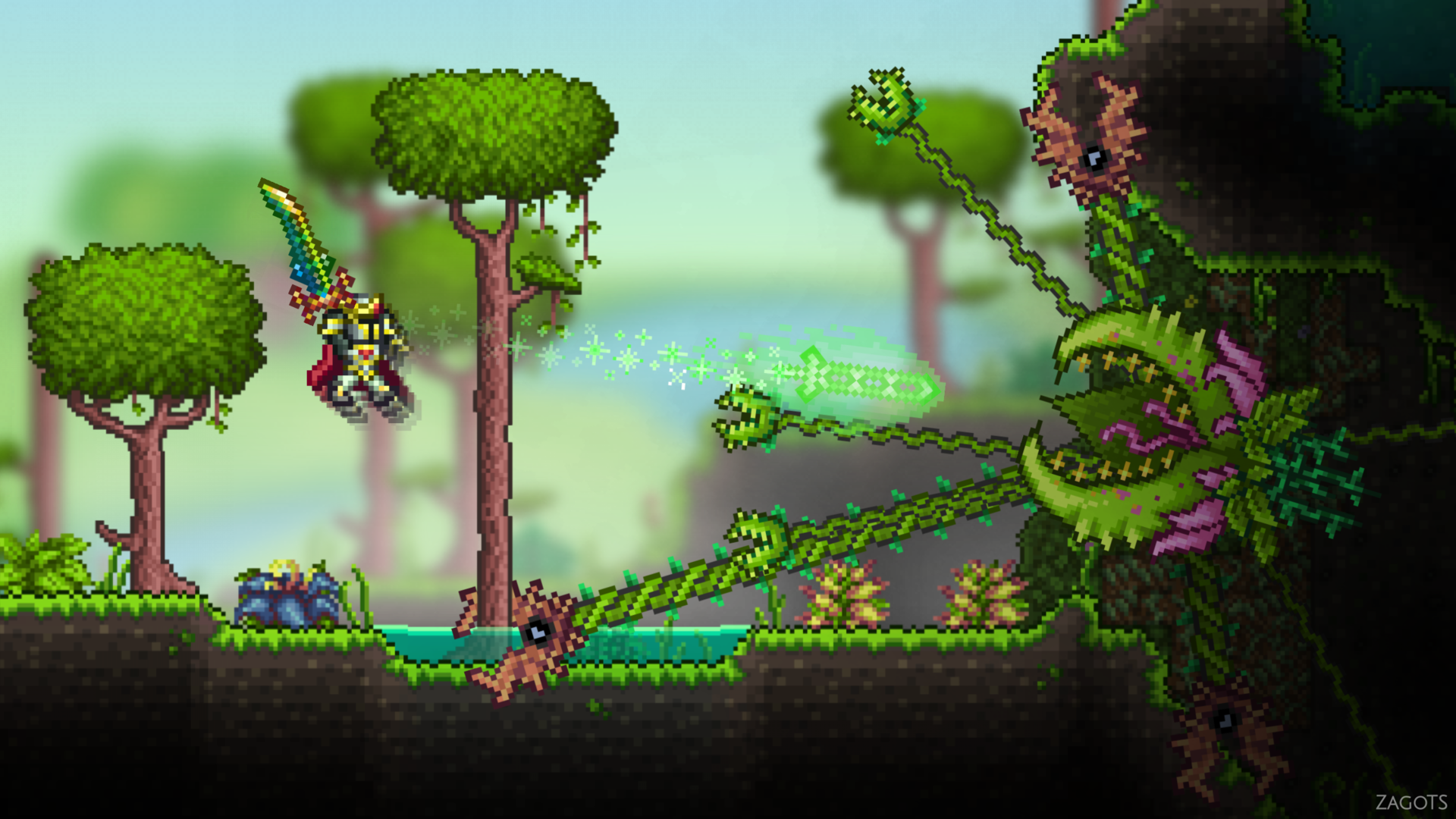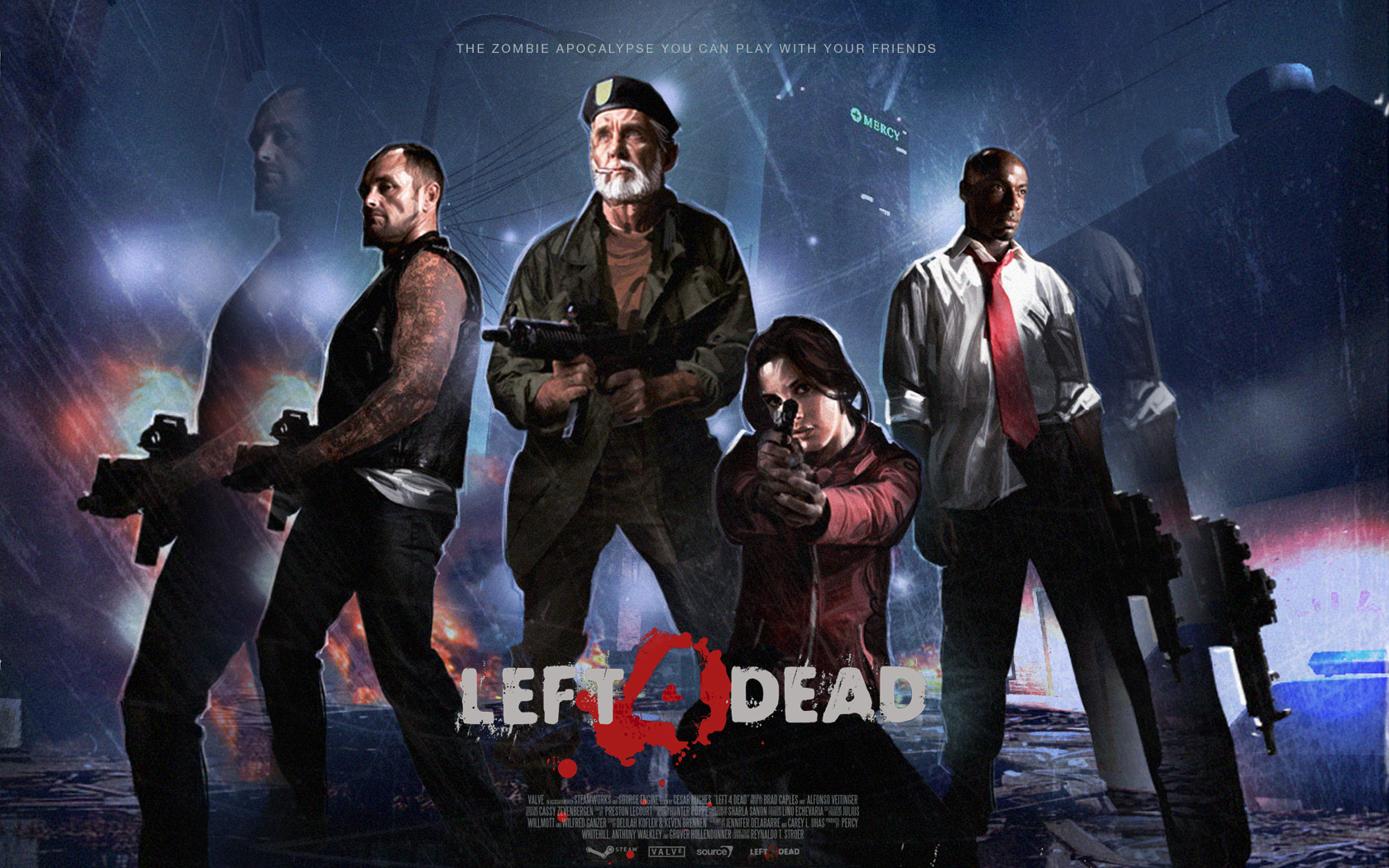Fear in the Familiar
Backrooms: Escape Together taps into one of the most unsettling internet-born horror myths—the notion that you can glitch out of reality into a surreal, endless liminal space. This concept, drawn from the “Backrooms” creepypasta, is a fertile ground for psychological horror. The setting is naturally eerie, made of monotonous yellow wallpaper, flickering lights, and a humming silence that frays the nerves.
The game’s multiplayer twist—escaping with others—should be its biggest strength. Instead, it often becomes its weakest point due to a very specific, deeply embedded issue: inconsistent level design that undermines tension and breaks cooperative gameplay flow.
This article takes a hard look at how this single design flaw ripples across the entire experience and turns what should be a cohesive, chilling journey into an uneven and sometimes frustrating exercise in patience.
The Premise of Procedural Fear

The premise of Backrooms: Escape Together is deceptively simple. Players drop into a seemingly infinite maze filled with identical rooms and corridors. Their goal is to navigate through multiple levels, solve puzzles, evade entities, and ultimately escape. The catch? Each level has its own logic, mechanics, and aesthetic.
On paper, this diversity is exciting. In practice, however, it leads to wildly inconsistent pacing and engagement, particularly when levels feel randomly assembled with no clear direction or thematic cohesion. Unlike curated horror games like Amnesia or Outlast, where the environment is designed to lead you somewhere both physically and emotionally, Backrooms often drops players into levels that feel incomplete, aimless, or fundamentally broken in multiplayer execution.
The Multiplayer Disjoint

In single-player horror, tension builds through isolation. But Backrooms: Escape Together thrives—or should thrive—on shared dread. Multiplayer horror requires tight pacing, shared objectives, and environmental feedback that allows players to communicate nonverbally. Sadly, the level design here works against cooperative cohesion.
For example, some levels are sprawling mazes with no clear landmarks or objective indicators. In a team of four, this means players inevitably split up—not for tactical reasons, but because the map offers little reason to stay together. There's no in-game compass or relative position tracking, no ping system, and in some levels, not even reliable proximity chat.
Worse yet, some levels are cramped or linear, allowing only one or two players to act while the others are bottlenecked by the map's design. This is especially frustrating when only one person can interact with a puzzle terminal while the rest stand around waiting. Horror thrives on active participation; here, it’s far too easy to become a passive bystander.
Uneven Puzzle Logic

One of the most critical flaws stemming from inconsistent design is the erratic quality of puzzles across levels. Some puzzles are brilliantly executed—requiring observation, cooperation, and even deduction. Others are either too obscure or too literal, with little feedback or misaligned difficulty curves.
Take Level ! (Level Run), for instance—a fast-paced, escape-oriented sequence that depends on timing and movement. The sudden shift in genre—from methodical survival horror to adrenaline-fueled sprint—can be exhilarating but often feels jarring, especially when the prior level had players carefully navigating dark hallways with no rush.
More egregiously, some levels include puzzle elements that appear broken in co-op: switches that don’t activate unless players hit them in perfect synchronization, key items that can only be picked up by one player and not shared, or clues that aren't visible to all teammates. These aren't bugs—they’re symptoms of level design created with inconsistent assumptions about player count and coordination.
The Atmosphere That Can’t Decide
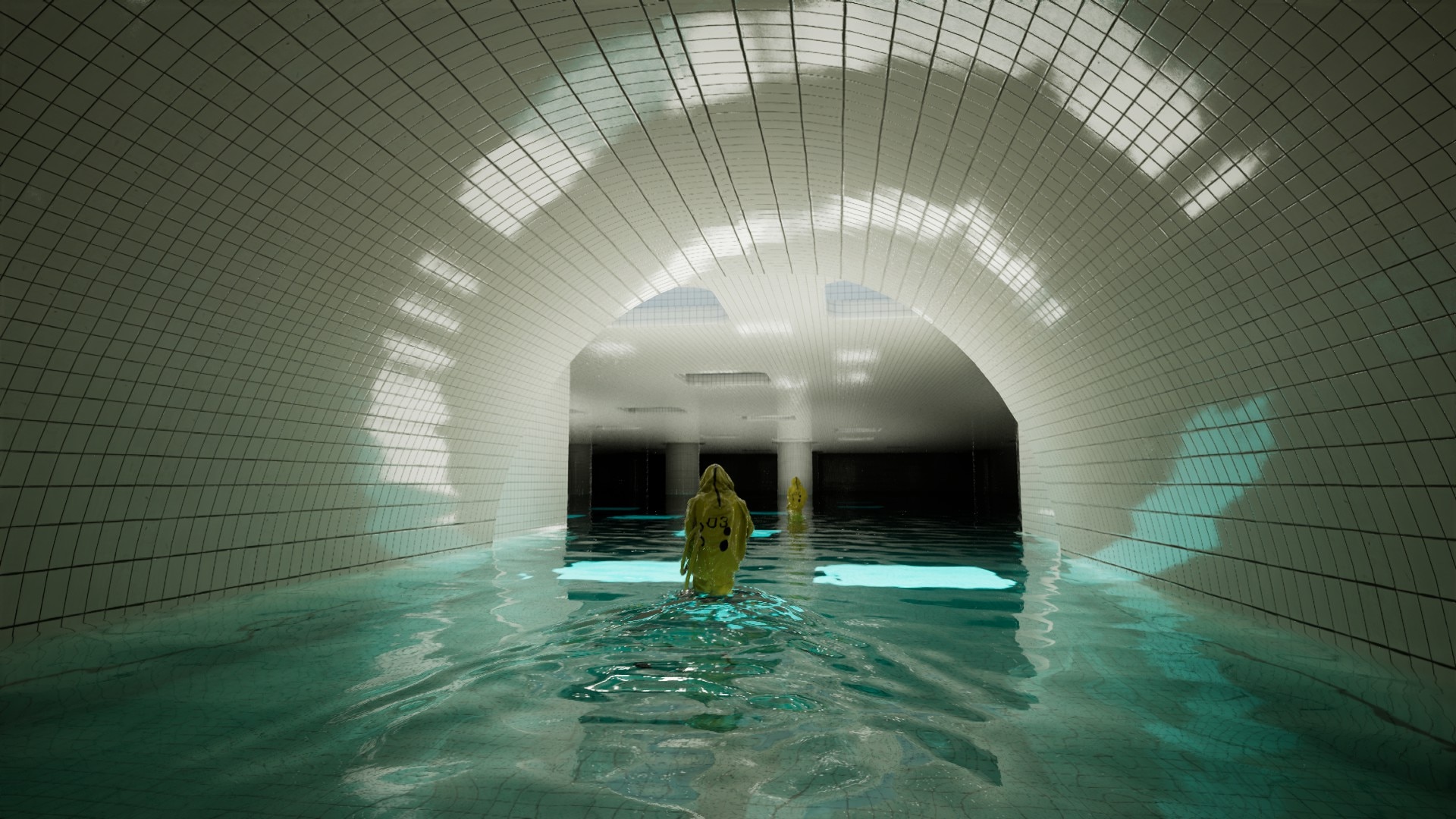
The Backrooms mythos is based on a creeping, existential horror—uncertainty, disorientation, and helplessness. When this atmosphere is delivered well, Backrooms: Escape Together can be one of the most terrifying co-op games out there. But here’s where the inconsistency strikes again.
Some levels, like Level 0 (the classic yellow halls), or Level 5 (The Hotel), masterfully deliver environmental storytelling and audio design that elevate the tension. The ambience, flickering lights, and droning hum form a near-perfect horror loop.
But then players are thrown into levels like Level Fun, where the tone shifts to chaotic absurdity. While variety is welcome, the lack of thematic transition makes the horror feel diluted. This isn’t creative contrast—it’s tonal whiplash.
And when level design fails to support the atmosphere—such as repeating layouts, immersion-breaking clipping errors, or asset reuse that becomes visually predictable—the experience moves from “terrifying” to “tedious” in a matter of minutes.
How It Affects Replayability
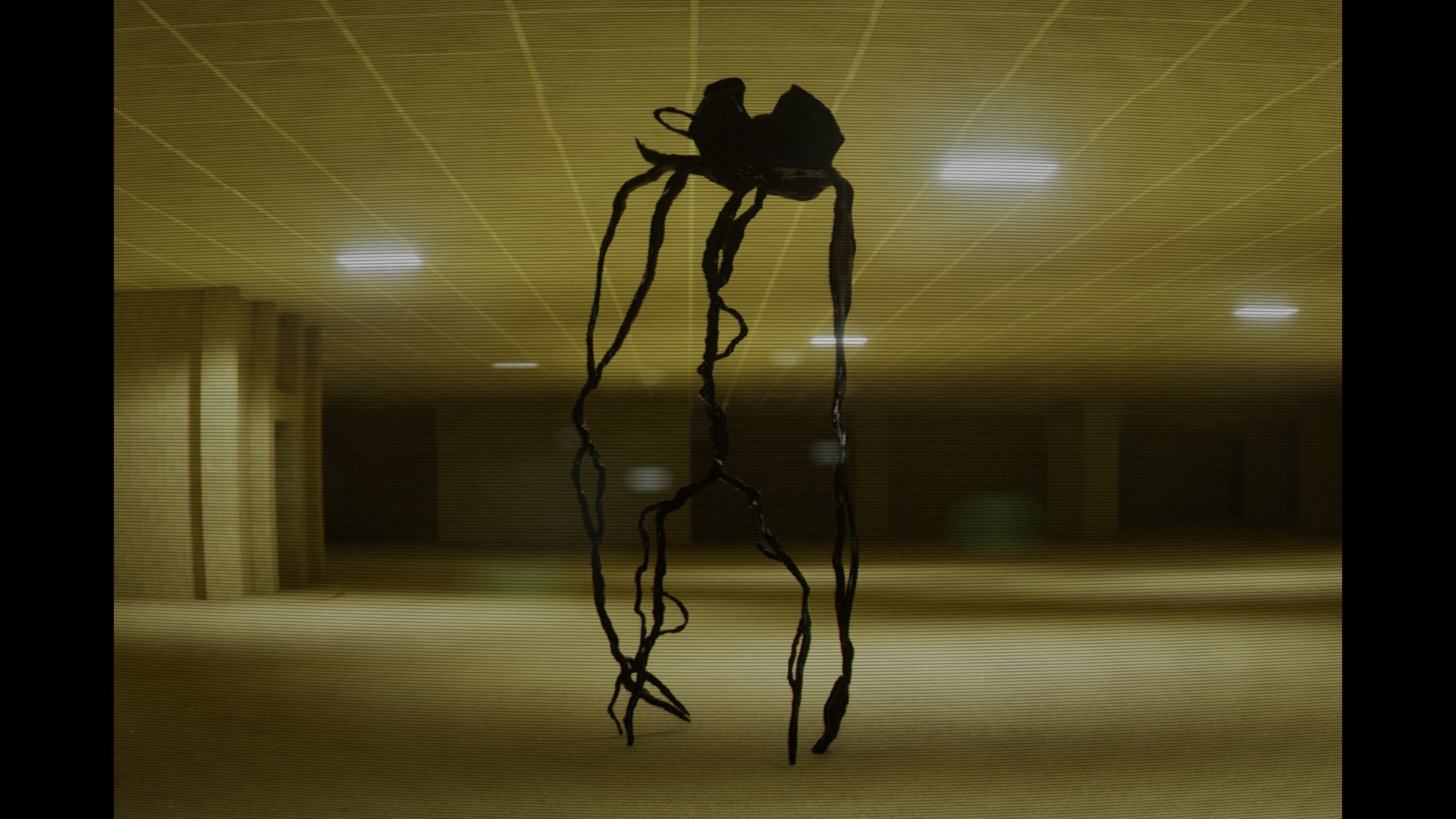
A horror game’s ability to scare you the first time is expected. Its true test lies in whether it can scare you again. Sadly, due to its inconsistent level design, Backrooms: Escape Together struggles with long-term retention.
Players quickly learn which levels are tense and which are tedious. The moment that knowledge spreads, community behavior shifts: people start skipping the “bad” levels, speedrunning the puzzles, or even exploiting known glitches to bypass entire segments.
This “meta-awareness” doesn’t arise just from familiarity—it’s a direct consequence of level design failing to uphold internal rules. There’s no escalating dread, no clear arc across sessions. You get a scatterplot of great, good, and awful levels in random order. The lack of progression continuity fractures the player experience and kills tension before it builds.
The Modding Community’s Response

Interestingly, some of the best-designed Backrooms levels today don’t come from the official dev team—they’re user-made. The modding community has embraced the Backrooms framework and delivered custom levels with tighter design, more reliable co-op functionality, and better pacing.
This is both a testament to the game’s potential and an indictment of its execution. It shows that with more rigorous design principles—consistent puzzle logic, atmospheric cohesion, and better spatial flow—Backrooms: Escape Together could be the definitive cooperative horror experience.
Instead, the community has filled in what the core team left disjointed: clarity, structure, and tension that doesn’t rely on trial and error.
Fixing the Core Issue

Addressing the problem of inconsistent level design is no small task, but it is possible with deliberate planning. Here’s what the developers could do to regain control:
-
Establish Design Templates: Each level should follow one of several predefined gameplay archetypes—chase, stealth, puzzle, or survival—rather than mixing elements arbitrarily.
-
Create Cohesive Transitions: The tone and difficulty curve should escalate logically, not jump from slow exploration to high-speed panic without warning.
-
Implement In-Game Guidance Tools: Minimap fragments, limited-use direction markers, or even in-world clues that subtly guide players without breaking immersion.
-
Redesign for Multi-User Interaction: Every level should allow all players to participate. Shared interactions, dynamic roles, and non-linear problem solving can ensure everyone stays engaged.
-
Improve Puzzle Feedback: Add visual or audio cues when actions affect the environment. Avoid abstract mechanics that confuse rather than challenge.
-
User Testing Across Player Counts: A level should feel balanced whether played with two people or four. Test and iterate based on group dynamics.
Potential Trapped in the Yellow Walls

Backrooms: Escape Together has immense potential. It channels a unique horror myth, offers cooperative survival, and even flirts with emergent storytelling. But as long as its level design remains inconsistent, the game will continue to sabotage its own strengths.
When horror and cooperation are at odds due to layout confusion, puzzle imbalance, and erratic pacing, tension gives way to frustration. And when the most effective strategy is to avoid certain levels entirely, the promise of immersive fear crumbles into a disjointed scavenger hunt.
If the developers can rein in their level design with clarity and consistency, they’ll have more than just a viral game—they’ll have a modern horror classic.
Until then, Backrooms: Escape Together remains a game where the scariest thing isn’t the entities stalking you—it’s getting stuck on another level that doesn’t know what it wants to be.

